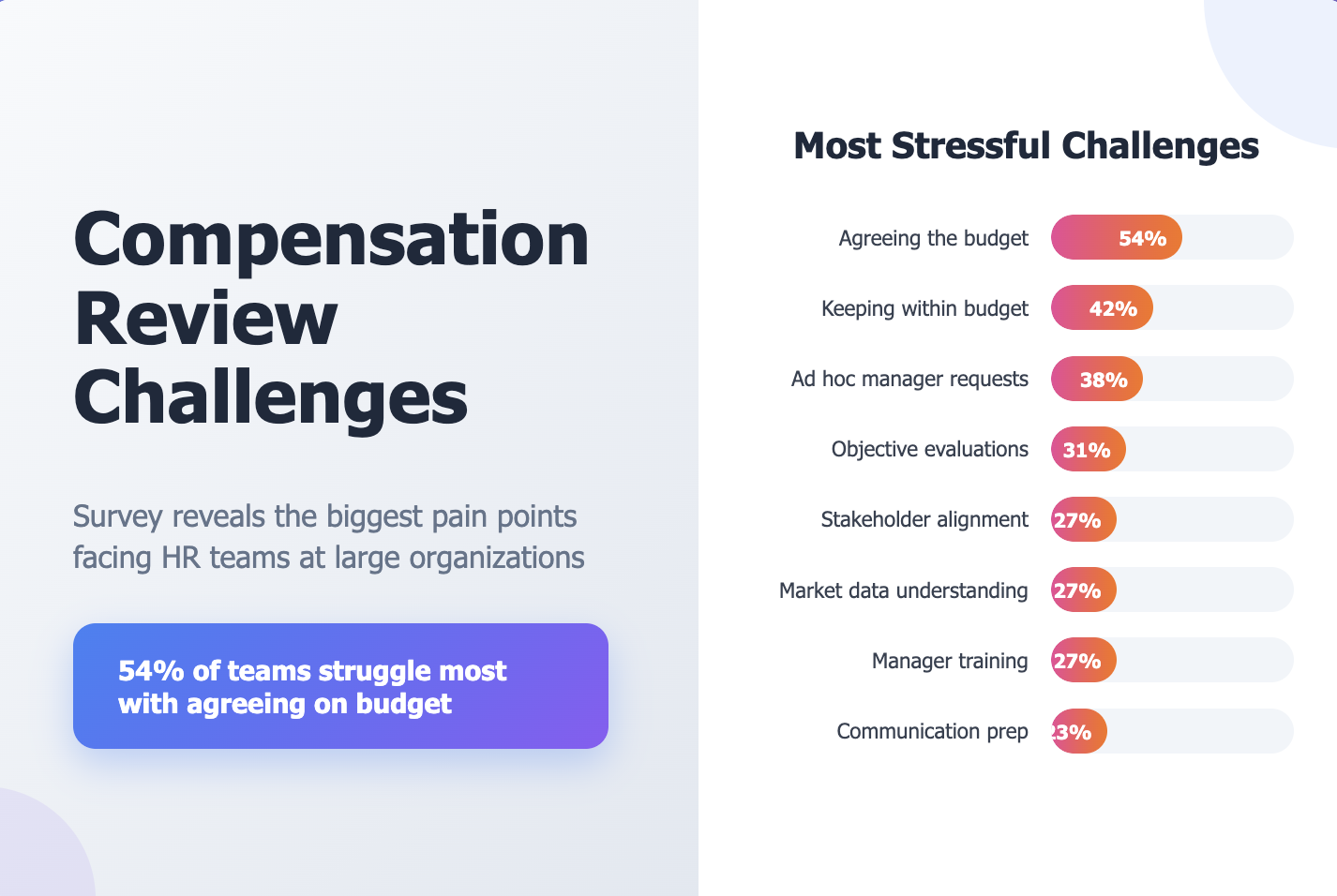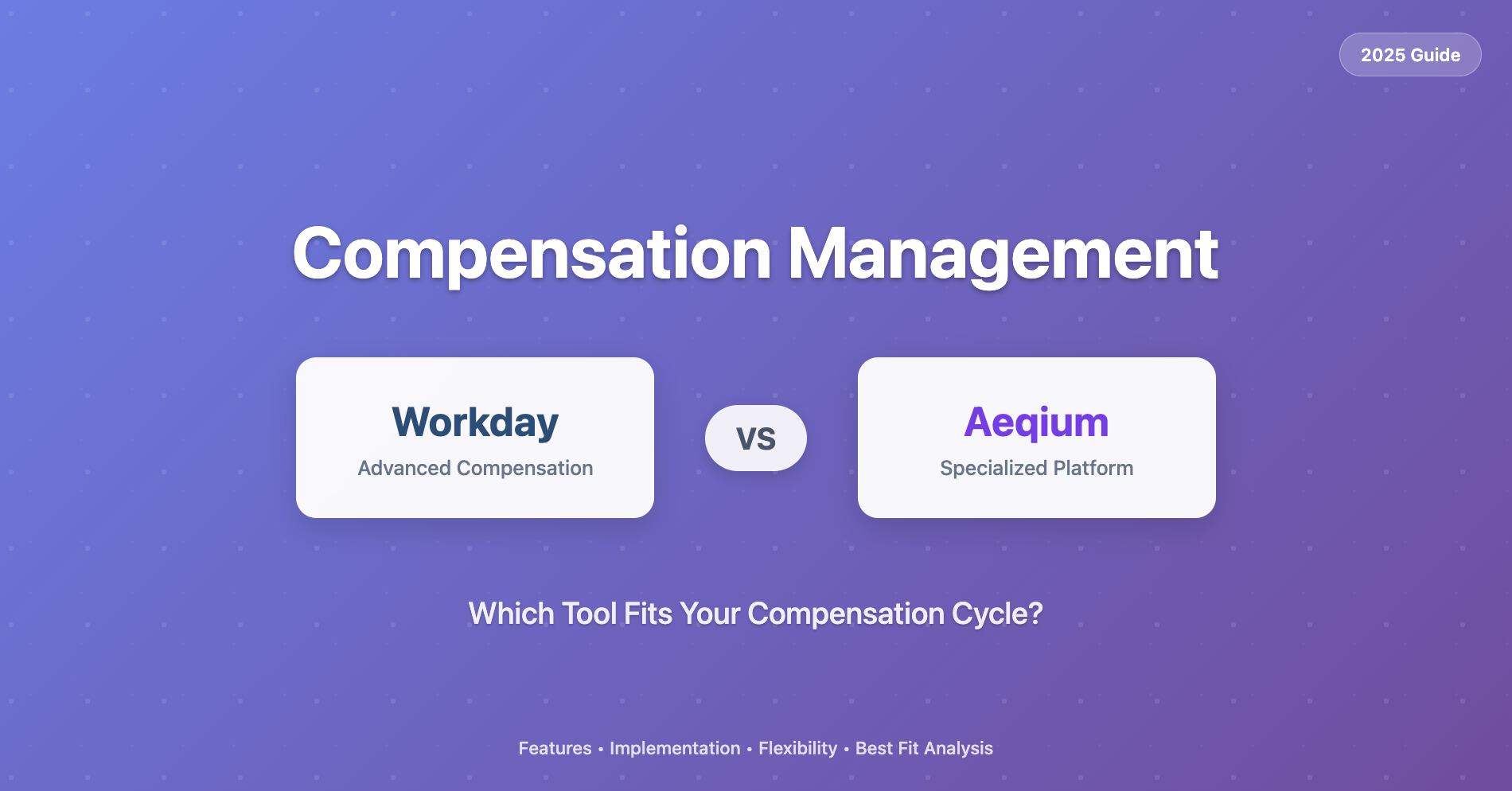Tech Compensation Beyond the Numbers

Deciding how much to pay your team is complicated. Factors such as base salary, bonuses, commissions, equity, and healthcare benefits all play a part in the appeal of your total compensation package, to say nothing of your financial goals around growth and burn rate.
Beyond strictly financial considerations, however, there are many other important factors that impact the competitiveness of your total offering to current and potential team members. These components of your company’s “package” can be just as important as moderate amounts of cash compensation on the margins.
As a company leader, you should understand where your company’s total offering truly stands in the market, so that you can tune your compensation to a level that will allow you to be optimally competitive:
- If you’re trying to save on headcount expenses, knowing where your company is more compelling can help you understand if you’re “overpaying” when all factors are taken into consideration
- If you’re having trouble hiring, understanding non-compensation factors that impact employee satisfaction can help you calibrate whether you need to increase cash offers to overcome shortcomings elsewhere
Read on to understand some of the factors that can impact your team’s satisfaction and overall engagement, and how it should impact your compensation strategy.
Remote Work
Since the Covid pandemic forced large parts of the global economy out of the office, remote work has become commonplace. The ability to work from home for some or all work days has become a controversial hot topic, with some companies mandating full return-to-office and others declaring themselves remote forever.
What isn’t controversial, however, is that remote is popular among a significant subset of workers. Only 6% of workers actually want to work in the office every day, with a further 34% seeking fully remote work arrangements, not just hybrid.
And people are willing to make concrete tradeoffs in order to gain the benefits of remote work, such as shorter commutes and increased flexibility. ZipRecruiter found that employees would be willing to take a 14% pay cut in order to work remotely, and according to Insider (via a Washington Post poll), over half of employees would consider some form of pay cut in exchange for remote flexibility.
So what can you do as a hiring manager, recruiter, or company leader?
Prospective employees are rational actors: If you offer generous remote work arrangements, you can likely save a bit on the margins in terms of total compensation, without sacrificing quality of talent. This is even more true if you’re adjusting compensation based upon employees’ location and hiring in lower cost-of-living areas.
On the other hand, if you’re mandating a return to office, consider that you’re likely turning off or ruling out a meaningful proportion of your potential hiring pool. This might not be a problem – after all, you can only hire so many people and may have good reasons for your stance on office work – but it does mean that you may end up paying more due to a more limited candidate pool that has negative perceptions of your RTO policy.
Mission & Social Good
In recent years, newer entrants to the workforce have become increasingly conscious of social issues and social good. Some corporations have adjusted strategies accordingly, by instituting (sometimes controversial) Environmental, Social, and Corporate Governance (ESG) policies. Other corporations have also enshrined their mission-driven cultures as Benefit Corporations (“B Corps”) like Etsy or AllBirds, or are non-profits themselves.
People increasingly view working at a mission-driven company as a perk. A 2021 survey found that nearly half of employees were willing to take a pay cut in order to work on a mission that they believe in.
If your company is one that has a truly motivating mission, you should consider the boost that that provides to your total appeal as an employer – in fact, for B Corps or non-profits, saving on headcount expense can be a key way to ensure that you’re fulfilling your company’s mission to the fullest extent. And by contrast, if your business model is a bit more mercenary, consider that you’ll probably need to pay top dollar for talent without other motivating factors to appeal to employees.
Private vs. Public Company Stock
In the heady times of 2019-2021, private stock in unicorn companies was highly desirable. With IPOs and multi-billion dollar exits occurring left and right, there was seemingly little reason to worry that equity in a hot startup like Discord, Reddit, or Databricks might not be a ticket to make it big. After all, would you rather have stock options or RSUs in a slower-growing company like Microsoft, Oracle, or Intuit?
Fast forward to the present, however, and the value of immediate liquidity has become more clear. Many high-flying startups have still failed to reach an exit, and have uncertain prospects when it comes to eventual liquidity. At the same time, less exciting public tech companies have been dutifully paying out liquid compensation the whole time.
As a compensation leader at a public company, you should mainly realize that the equity component of your offers is likely more valuable than it has been before.
By contrast, if you’re at a private company, realize that skepticism about the value of your equity compensation is at a high point. You may need to increase cash or equity compensation in order to make up for candidates’ perceived level of risk, including the risk that an exit may be many years away.
Company Profitability
Layoffs have rocked the tech industry in the last 18 months. As of July, the site layoffs.fyi has tracked almost a thousand companies conducting layoffs that impacted hundreds of thousands of employees in 2023 alone.
One of the most significant reasons that companies have conducted layoffs is to become more profitable. As interest rates have risen, both public and private markets have rewarded profitability where they once rewarded growth at all costs. Large numbers of employees were laid off to help companies become (more) profitable, and the hiring market cooled significantly in turn.
As these transitions have rocked the industry, many employees are increasingly becoming savvy about looking at prospective employers’ profitability. The ultimate goal is to avoid stepping directly into the sights of an impending layoff, or worse, a company folding entirely. As a profitable company, or one that is on track to reach profitability without additional fundraising, you’re able to offer a tangible sign of increased stability, which can itself be a direct benefit for more conservative job seekers.
Conclusion
The overall competitiveness of a company’s offers can go beyond just the numbers. As a leader or hiring manager, it’s worth considering all of the factors that might make your team more or less appealing to candidates so that you can adjust your compensation accordingly and build a strong team as efficiently as possible.




